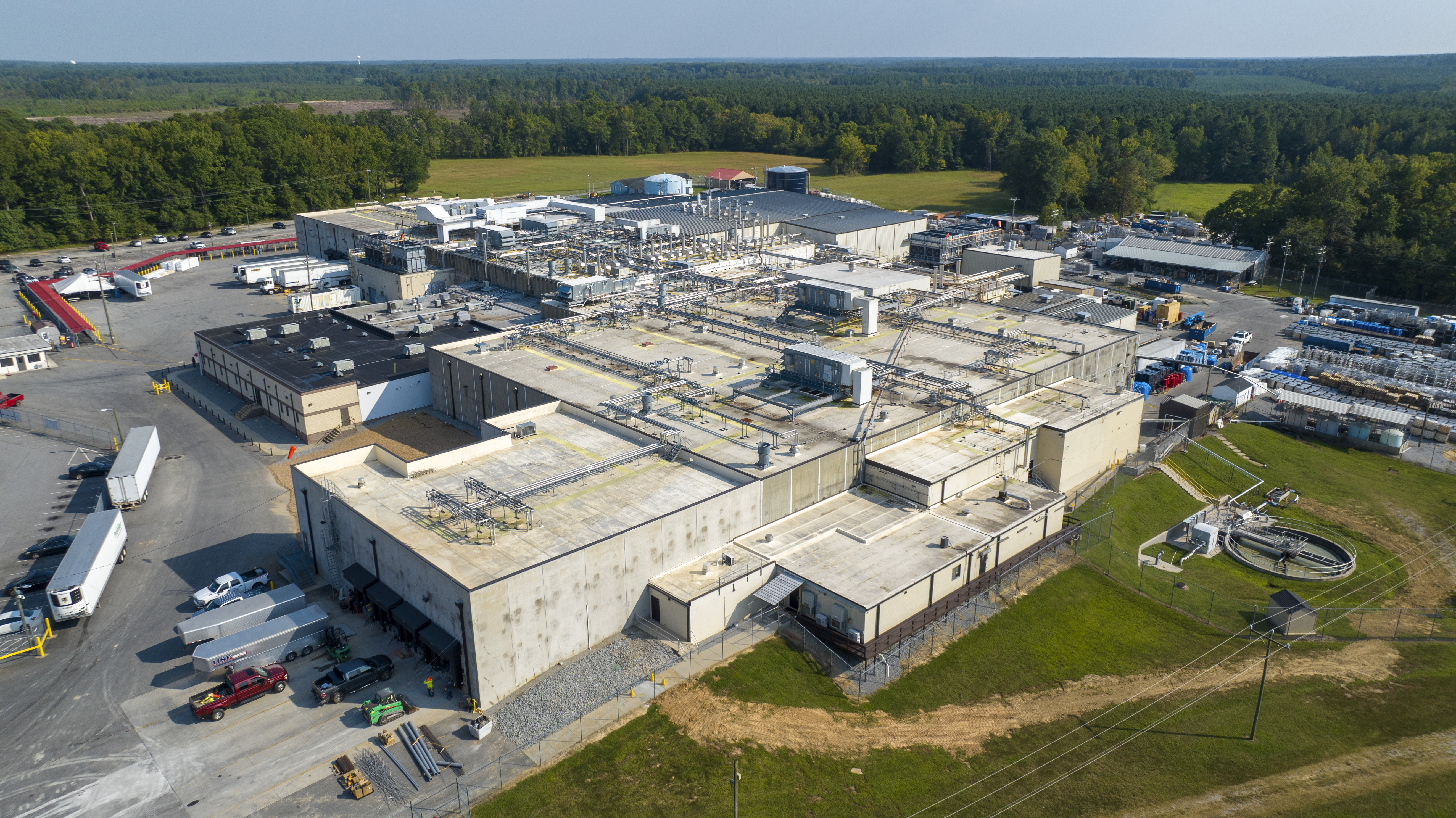(WAVY) — When the D-Day invasion landed over 150,000 allied troops on the beaches of Normandy, France, things would have looked a lot different if it weren’t for a weather forecast.
In the planning stages of Operation Overlord, Gen. Dwight D. Eisenhower and his staff looked for three factors from the environment.
- First, they prioritized a low tide at dawn, as that would expose German beach obstacles. However, it would mean more beach for allied troops to cover on foot.
- Second was a full moon to provide paratroopers with added illumination on their jumps, as they were scheduled to drop into Normandy in the pre-dawn hours.
- Lastly, clear and calm weather conditions that would allow everything to operate smoothly.
This pointed towards an invasion on June 5, 1944.
“D-Day was essential. It was the path to victory,” said John Long, director of education at the National D-Day Memorial in Bedford, Virginia. “There wasn’t another alternative if we’re going to defeat Nazi Germany. We have to land troops in France.”
Predicted weather in June was generally calm, considering the approaching summer season. However, a specific weather forecast from Capt. James Stagg would prevent the D-Day invasion on June 5.
Stagg, the meteorological advisor for the allied forces, called for stormy conditions on the 5th, and urged Eisenhower to hold off.
“Eisenhower learned to trust the meteorologists,” Long said. “He was no fool; he knew that things could change, and not every forecast is 100%, but he had learned to trust Stagg and his team of meteorologists.”
But back then, there was no satellite imagery or computer model data, so forecasting was heavily dependent on weather observations.
Allied air crews, like RAV Squadron 518, would take stripped down Halifax bomber planes, unarmed, and fly out over the open Atlantic from the cliffs of Scotland. They would radio back observations like temperature and air pressure.
These crews provided Stagg enough information to give Eisenhower proper guidance, as he was optimistic for clearing and improving weather conditions for June 6.
And as the weather deteriorated on June 4 and June 5, this was insight the allies had and the enemy did not.
“[Gen. Erwin] Rommel, in command of the German forces, had actually gone home to see his wife, it was her birthday,” Long said. “And as he departed he said to an officer, one thing is for certain there won’t be an invasion today the weather is too bad.”
It wasn’t exactly what Eisenhower and the allies hoped for, with rough seas in the channel and low clouds early on. But through the morning, Stagg’s forecast would eventually verify. While it was a gamble of a decision, it would be one that would eventually mark the beginning of the end of World War II.
“Eisenhower paced his room for a while, mulling, and came to a decision that really was inevitable,” Long said. “We can’t leave our invasion force in the channel any longer. We either have to fish or cut bait.”
If the allies had waited, their next window for environmental conditions would have been two weeks later, in mid-June. It just so happens that two weeks after the D-Day invasion, another round of stormy weather met the English Channel and would have proven to be even worse of a situation.

























































